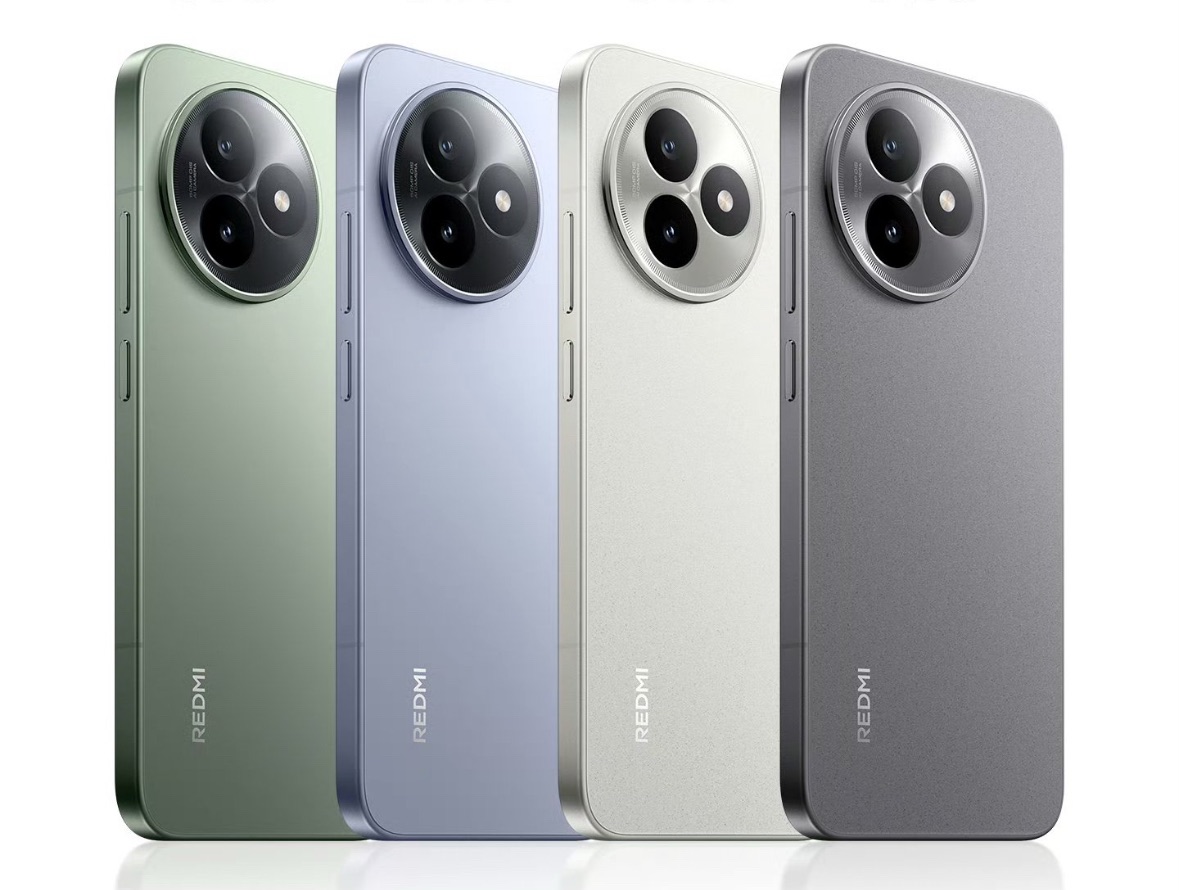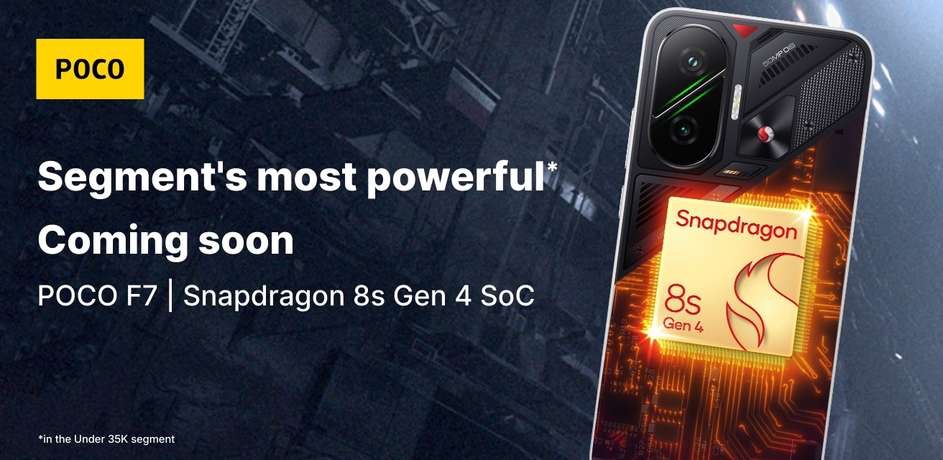[CNMO Technology News]Since when, 618 has become the most intense battlefield of the year among e-commerce platforms. From the mid-year big promotion to the key node of brand collective sales sprint, consumers concentrated on releasing purchasing power during this period, and platforms and brands also use this to tilt resources and strategic layout. Various dazzling activities, cross-platform price wars, and diverse subsidies and preferential policies have built a feast for promotional festivals. When the smoke of the mid-618 promotion gradually dissipated and the battle reports were flooded, more and more industry observers turned their attention to the digital logic and deep motivation behind the battle reports.
According to Magic Mirror Insight Data, Taotian platform continues to dominate the 3C digital market. In May, the 3C digital category accounted for nearly 50% of the market share, reaching 45.5%, leading other platforms and almost half of the market. This series of outstanding numbers is no longer a simple reflection of the platform’s competitiveness, but also reflects Tmall’s in-depth insight into consumer needs and efficient resource allocation capabilities. We can understand why Tmall can become the “first battlefield” for 3C digital brands during the 618 period.
Brands accurately understand consumer trends
At the big promotion node, how can brands maximize sales in limited time and budget? The answer lies in – “Choose the right platform + use the right method”.
Taking the high-end mobile phone market as an example, leading brands such as Apple and Huawei have achieved a concentrated explosion in sales on Tmall. Apple’s official flagship store was launched for only 20 minutes during the 618 period, and the transaction volume exceeded the level of the whole day last year; the Huawei Pura 80 series attracted more than one million consumers to buy it 30 minutes after its first launch, setting a new record in the mobile phone industry.
Such an outbreak is no accident. With its huge high-net-worth user base and forward-looking insight into high-end consumption trends, Tmall platform accurately captures this type of user’s strong interest in new product launches and high-end technology products. At the same time, Tmall has provided a stage for brand new products to create display scenes with high exposure and high conversion capabilities – such as homepage focus map, live broadcast launch, appointment mechanism, etc. Consumers can not only get in touch with new products at the first time, but also enjoy more attractive purchasing policies, which will stimulate a strong desire to buy.
In addition, high-end users usually have higher requirements for purchasing process, logistics experience, after-sales guarantee, etc. The “high-quality e-commerce experience” built by Tmall over the years has become its differentiated advantage, further enhancing the brand’s confidence in investing in the platform.
Subdivided categories are growing rapidly, and diversified needs are met
In addition to the explosive growth driven by flagship mobile phones, the “long-tail effect” of sub-categories is also injecting lasting momentum into the overall growth of Tmall 3C digital. Taking digital cameras as an example, the transaction volume of this category increased by more than 80% year-on-year during the 618 period, becoming one of the important signals of recovery in consumption.
Behind this trend is Tmall’s precise research on the consumption psychology of specific groups and the deployment of customized marketing strategies. For example, the student group – has always been the core consumer group among 3C products. Through the triple strategy of “educational discount + national subsidies + platform superimposed discounts”, Tmall aims at the core needs of the “three-piece set of school openings” (mobile phones, tablets, notebooks), releasing a large number of new replacements and first-time purchases. In addition, Tmall accurately pushes products that truly meet user needs through category operations, intelligent recommendations and search optimization, thereby continuously releasing consumption potential in scenarios such as education, creation, and light office.
To C-end: Upgrade subsidy policies and open up consumption decision-making paths
What do consumers care about most during the big promotion? “Is the price really cost-effective?” “Is the discount easy to understand?” “Is the product worth placing an order”. Tmall responded accurately to these three points on this year’s 618.
In this year’s Tmall 618 3C digital event, Tmall achieved the double overlap of “national subsidy + platform subsidy” for the first time, cancelled the complex cross-store full discount rules, and adopted a more intuitive combination of “15% off direct immediate discount + 88VIP users 10% off coupons”, so that consumers do not have to calculate the full discount threshold and can directly make purchase decisions when they see the price. This strategy to simplify consumption paths is the result of repeated polishing of user experience by e-commerce platforms in recent years.
Specifically, in high-attention products such as the iPhone 16 series, when education discounts are superimposed with national supplements, some models can reach a discount of up to 2,500 yuan, and consumers only need to bind their identity or authentication before placing an order to enjoy it. This simple, efficient and concrete form of discount is directly converted into users’ willingness to place an order.
Brands such as Huawei, Xiaomi, OPPO have also joined the battle. Flagship models above 6,000 yuan have all been reduced to the national subsidy range. With the 618 platform coupons, the flagship models are all cheaper than 1,000 yuan.
This way of impressing users with affordability and simply increasing conversions has simultaneously increased Tmall’s conversion rate and customer unit price during the 618 period, greatly lowering the threshold for consumers’ decision-making and allowing the platform to gain more initiative in the price war.
To B-end: Build brand trust and achieve win-win growth
For brands, 618 is not only a concentrated release period for sales, but also a “exercise field” that is operated in concert with the platform. Through the in-depth cooperation mechanism of “platform + brand”, Tmall provides traffic support, subsidy strategy formulation and integrated marketing resources for 3C brands to form a full-link support system.
Taking Apple and Huawei as examples, their official flagship stores not only achieved a breakthrough in sales during Tmall 618, but also increased their average customer price simultaneously. Behind this, there is Tmall’s traffic support mechanism for the first launch of new products, and its precise population delivery model based on historical consumption data. This high-certainty growth expectation has prompted the brand to be more determined to bet on its core resources on the Tmall platform.
At the same time, Tmall also provides the brand with new product first-time resources. Data shows that during this year’s 618, the transaction volume of 12 new products on Tmall platform exceeded 100 million, and the overall transaction volume of new products increased by 153%, including important models of digital brands such as Xiaomi, OPPO, and Honor. These achievements are not achieved through price wars alone, but are based on three-dimensional marketing mechanisms such as user interest prediction, traffic tilt, content planting, and short video sales.
Tmall is becoming the “home market for consumption” of 3C Digital
In the final analysis, Tmall 618’s success is not an accidental short-term achievement, but the result of its long-term win-win ecosystem between users, brands and platforms. When the national subsidy policy and platform mechanism are highly coordinated and brand resource investment forms a synergy, a stable and efficient growth flywheel has been formed.
Against the backdrop of gradually grading consumption trends and normalizing subsidies, Tmall is strengthening its role as the main consumer base. For consumers, it is the first choice for “buy with confidence and buy with a good deal”; for brands, it is a key platform for “reaching high-value users and increasing the voice of new products”; for the industry, it is also a benchmark sample for testing strategic execution and business efficiency.
From data performance to strategy implementation, Tmall 618 is far more than a mid-year promotional festival concept. It is a microcosm of the centralized brand deployment, the release of platform capabilities and the reconstruction of user consumption behavior. After experiencing multiple rounds of e-commerce battles, the platform’s capabilities gradually emerge. Only a platform with truly sustainable growth can become the core support for branding to travel through cycles and steadily expand.
For brands, Tmall is not only the home court for sales explosion, but also the core position for user asset accumulation and brand upgrade. As consumers become increasingly rational, Tmall’s keen capture of trends and flexible response to mechanisms will make it continue to be the best stage for digital business evolution in every “618” in the future.
All rights reserved, no reproduction without permission
Discover more from PassionateGeekz
Subscribe to get the latest posts sent to your email.








